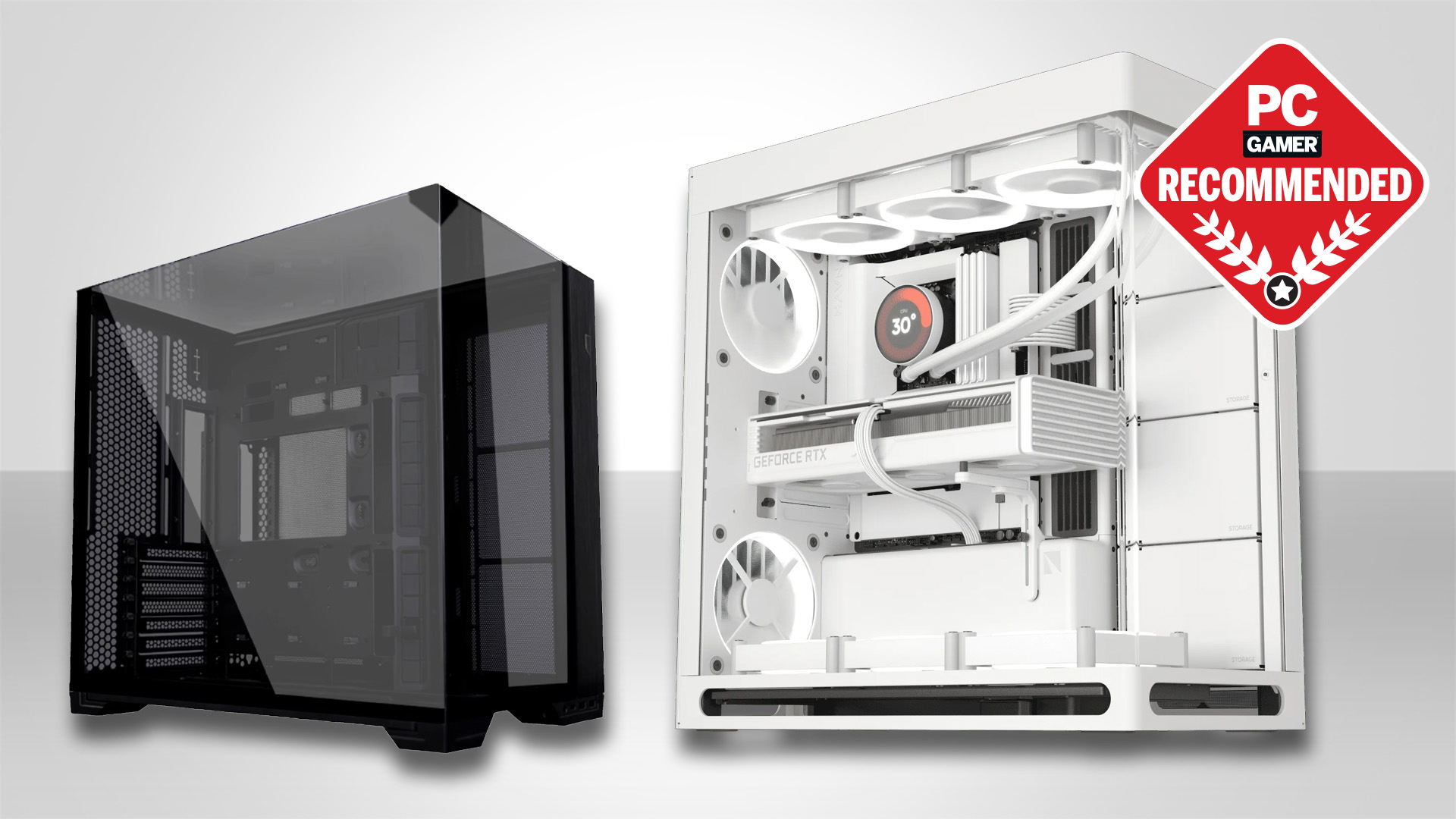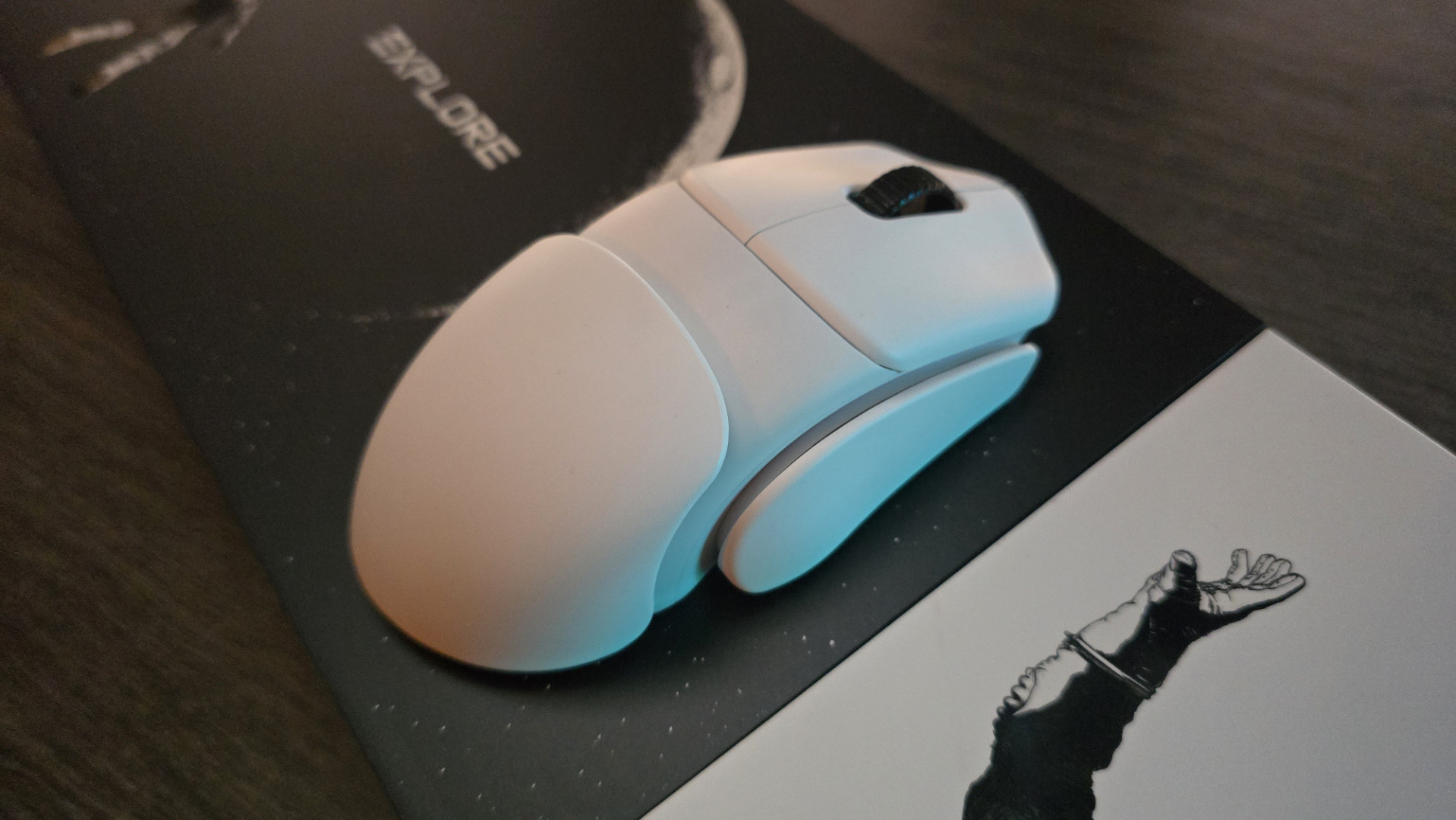I've tried the Steam Frame and I'm now ready to ditch cables from my virtual reality set-up forever
Valve's new VR headset is completely wireless and very convincing.
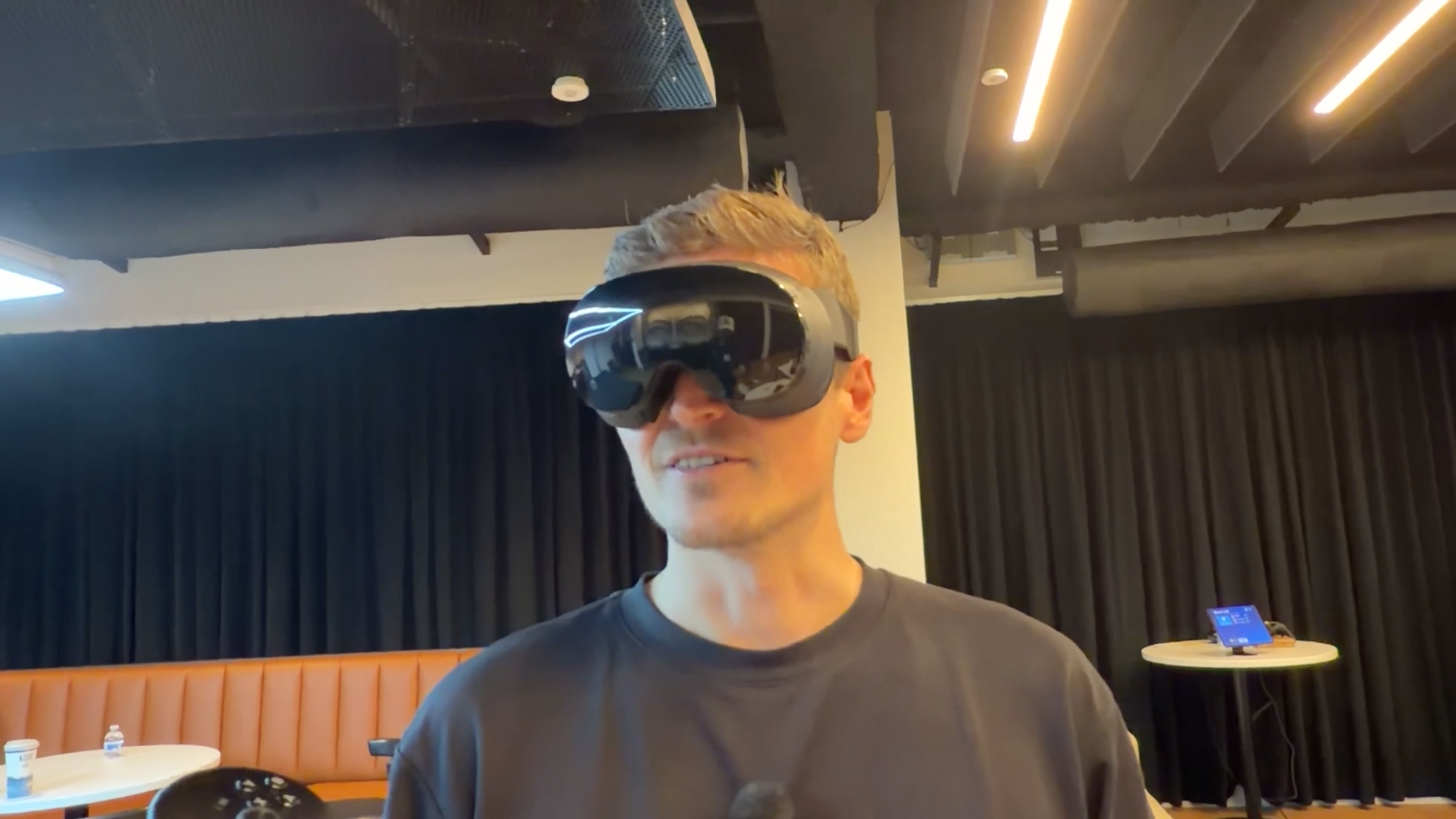
I'm stood facing a large window in a room overlooking Bellevue, Washington, though I'm not taking in the sights. I'm wandering around an abandoned building as headcrab zombies shuffle around me. The other people in the room understand this experience all too well—this is Valve HQ and I'm testing out the company's new VR headset for the first time.
I'm wearing the Steam Frame. The new standalone headset marking a "fundamental shift" in how Valve tackles virtual reality. It includes a system-on-chip and runs SteamOS natively, allowing players to run games without the need for a secondary PC. The Steam Frame is no longer an accessory for a gaming PC. It is the gaming PC.
For this demo, however, Half-Life: Alyx is running on a PC nearby. Each frame being rendered on the PC is being streamed over the Steam Frame's dedicated wireless connection.
"To remind you, this is wireless," Jeremy Selan, an engineer at Valve who works on the Steam Frame, tells me.
I realise I have to remind myself of that as I'm playing. I've tried wireless VR before to mixed success. Sometimes it works pretty flawlessly, other times not so much. The worst experience I had with it was sitting inside a makeshift Faraday cage trying to block out network interference on the busy CES showfloor. This experience at Valve is much more convincing: smooth frame rate, crystal clear image, and no noticeable lag between my movements and Alyx's in-game.
Extending little more than 2–3 inches from my face, the Steam Frame is remarkably well-balanced. It weighs 435 grams, but only around a half of that is located in the front of the headset, the rest is to the rear of the strap, including the battery. A strap is only required just above my ears and yet I don't have to pull it tight to get a good fit.
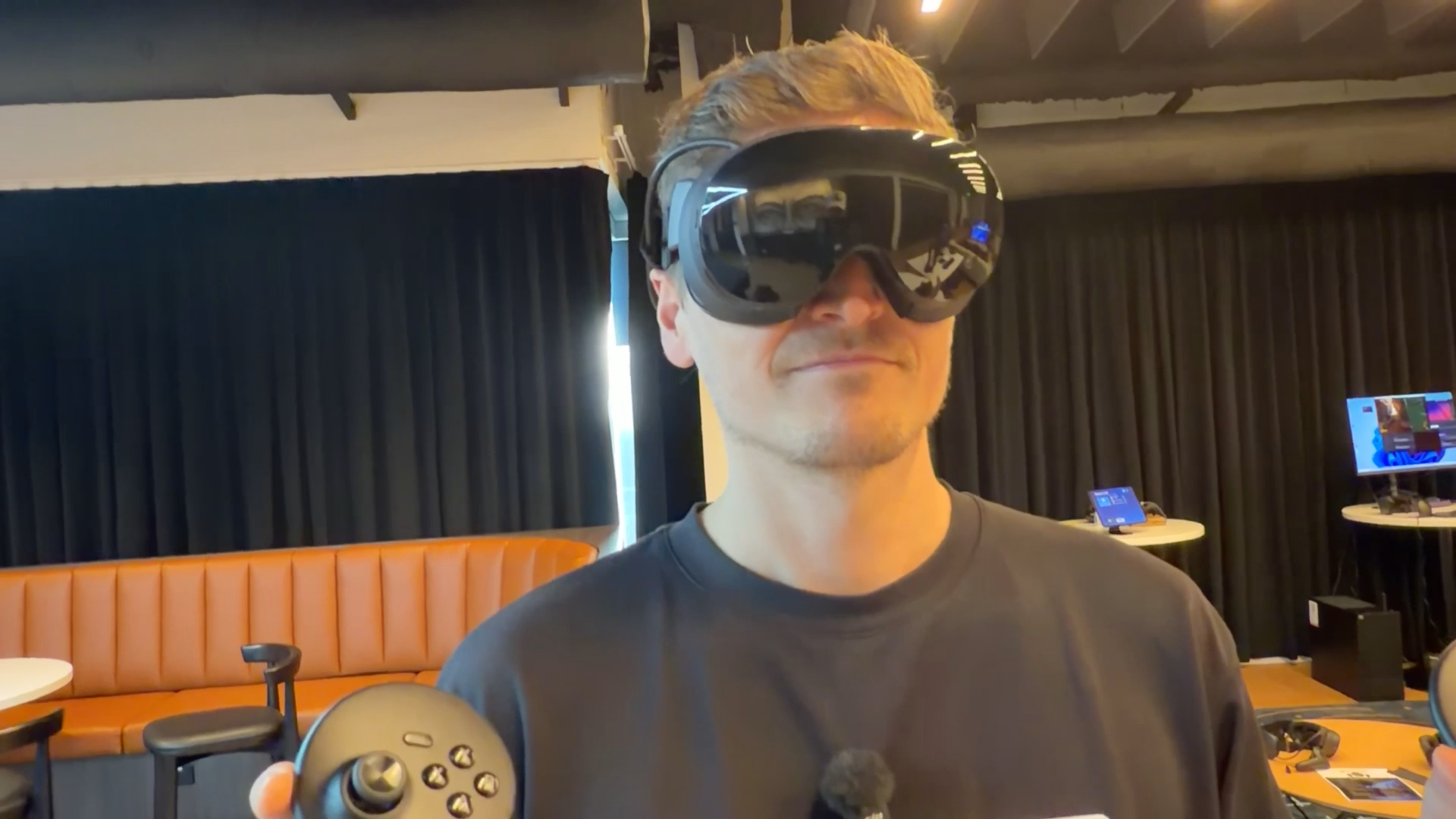
The picture quality is excellent. I had, only a few days prior to travelling to Valve, played a few games on my Quest 3 to keep that comparative experience fresh in my mind. As I'm testing the Steam Frame, it feels familiar. Owing to a shared use of pancake optics and LCD screens of a similar resolution, and if my memory serves me well, both the Steam Frame and Quest 3 offer similar clarity. The Steam Frame is absolutely crisp, with only a slight aliasing effect to some clear lines in much the same way I recall the Quest 3 doing.
Keep up to date with the most important stories and the best deals, as picked by the PC Gamer team.
When I had first put the headset on, I was told I'd be in God mode, unable to be injured and with infinite ammo. As such, I'm confidently wading into rooms full of headcrab zombies with a bravado I would not usually have while playing the game.
"God Mode makes me feel really brave, just like a fun arcade shooter," I announce as I practically jog face-first into rooms haunted by the moans of nearly deceased hosts to headcrabs.
We later find out that God mode has not been enabled, or at some point it is turned off. A clever placebo by Valve's engineers, I think, though I'm assured this was an accident and not some sort of Aperture Labs-style personality test.
"It is nice that you're not having to step over your cable or detangle," Lawrence Yang, designer at Valve, says.
At the time, I remark this might be my favourite thing about the Steam Frame. More than a week on from that demo, I'm sure it is. I'm moving around freely, spinning around to look behind me without a worry, and altogether not considering much in the room around me. This sort of freedom might be a detriment to my personal health—there's a small table and floor-to-ceiling glass windows within easy bumping distance—but it's incredibly immersive.
I'm used to playing PCVR with a cable draped over my shoulder. This grounds me in the real-world, and makes me conscious of how I'm traversing in virtual reality and to make sure to, sort of, reverse my motions to untangle any kinks that might now be in my cable. The Steam Frame doesn't have a cable, there's nothing to untangle, and I find it much easier to slip into the world of Half-Life: Alyx without much thought for the real world.

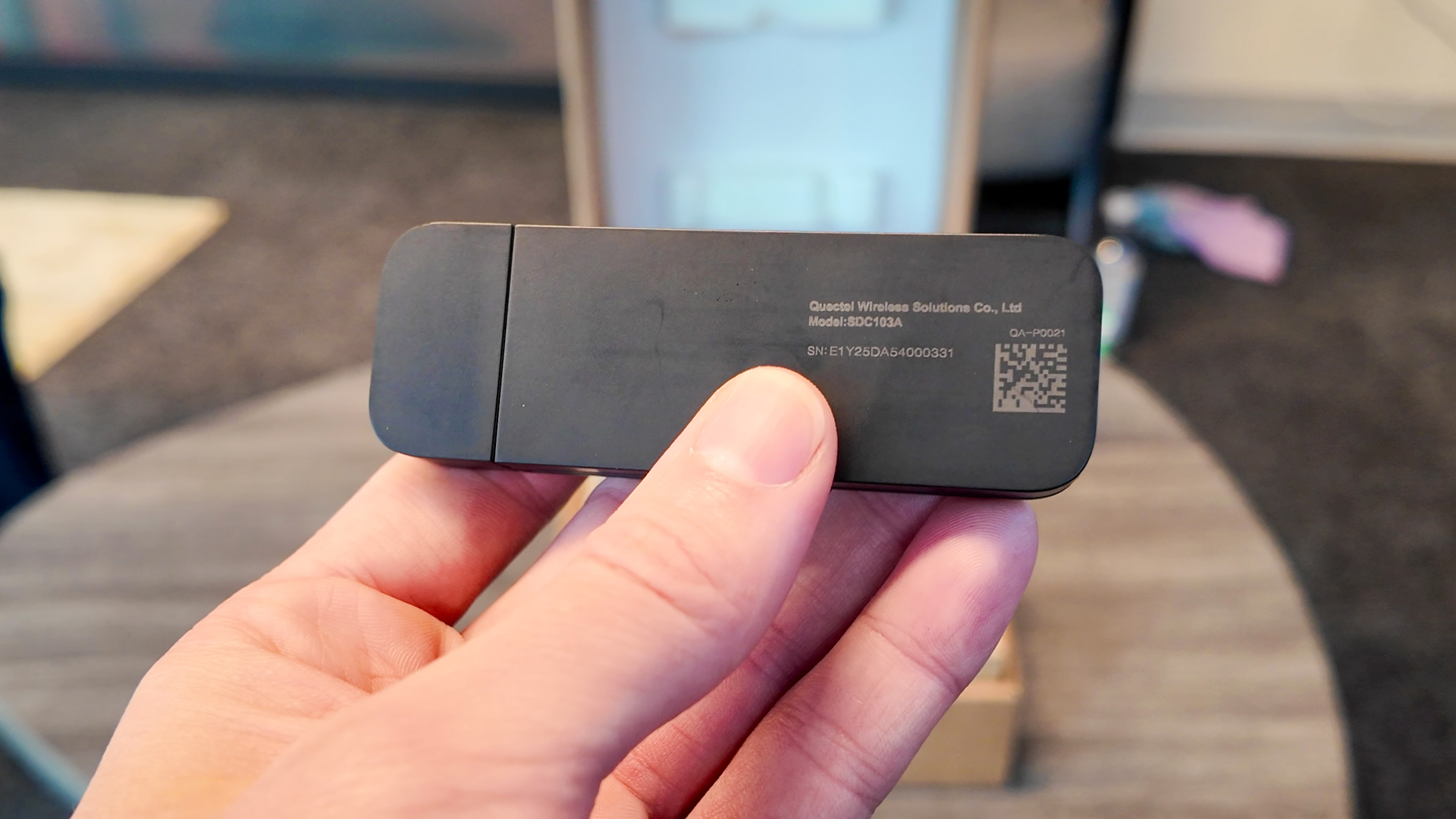
A wireless adapter is included in the box with the Steam Frame. It connects to a gaming PC via USB, and it projects a dedicated 6 GHz connection to the Steam Frame. The headset has a dedicated antenna solely for this connection to ensure stability. With two LCD screens running at a little over the total pixel count of 4K, the feed being sent to the Steam Frame is very demanding. To circumvent this, Valve is using a technique that it calls foveated streaming.
Foveated streaming requires eye tracking, using cameras located within the headset and keeping close watch of my retina. Using this information to know where I'm looking as I play Half-Life: Alyx, the Steam Frame adjusts the quality of the world around me. The area directly in front of my fovea, the centre of my eye, is where I can see with the greatest amount of clarity, so this area is the highest quality. The surrounding area, my peripheral vision, is streamed at a lower quality.
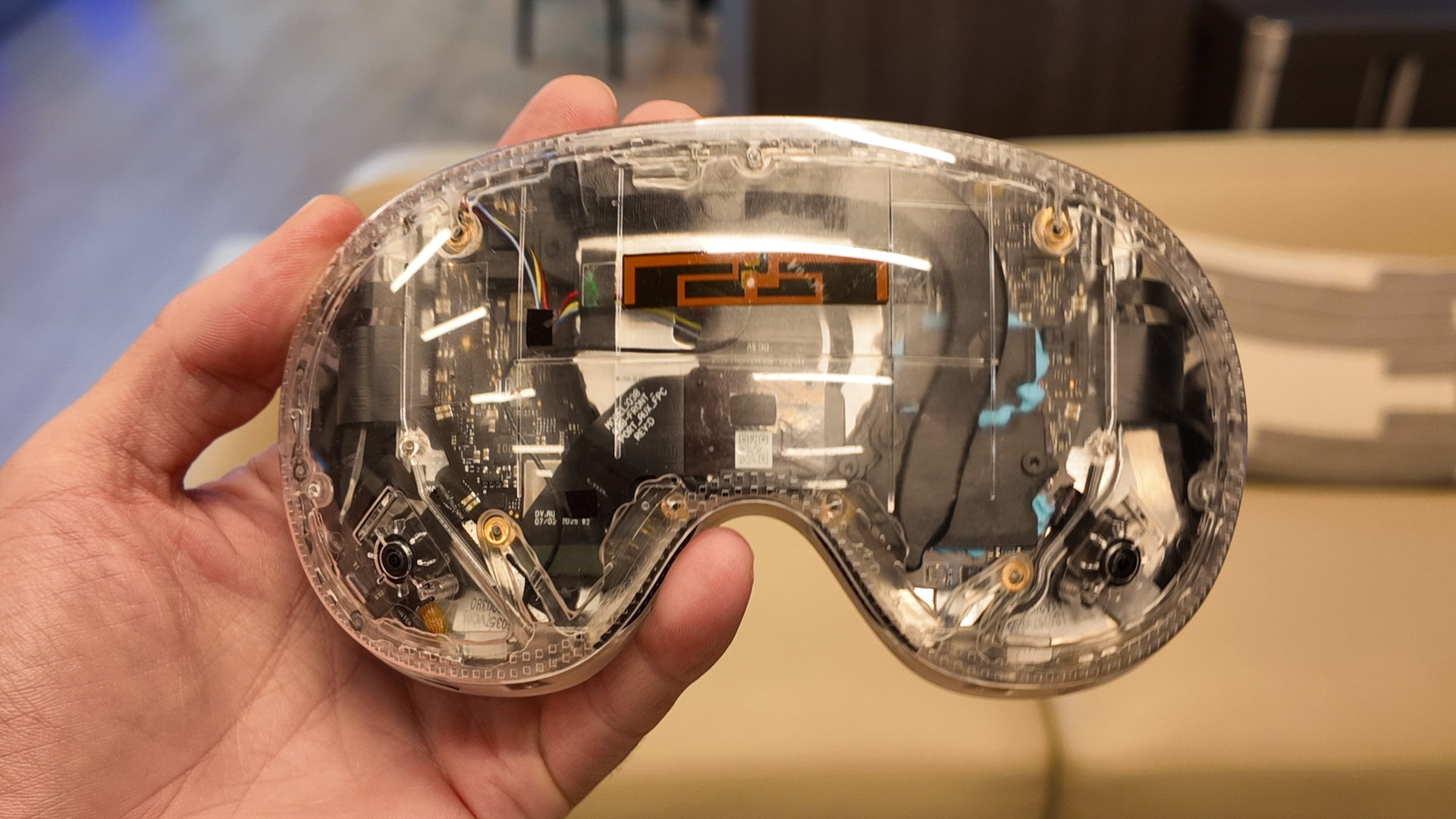
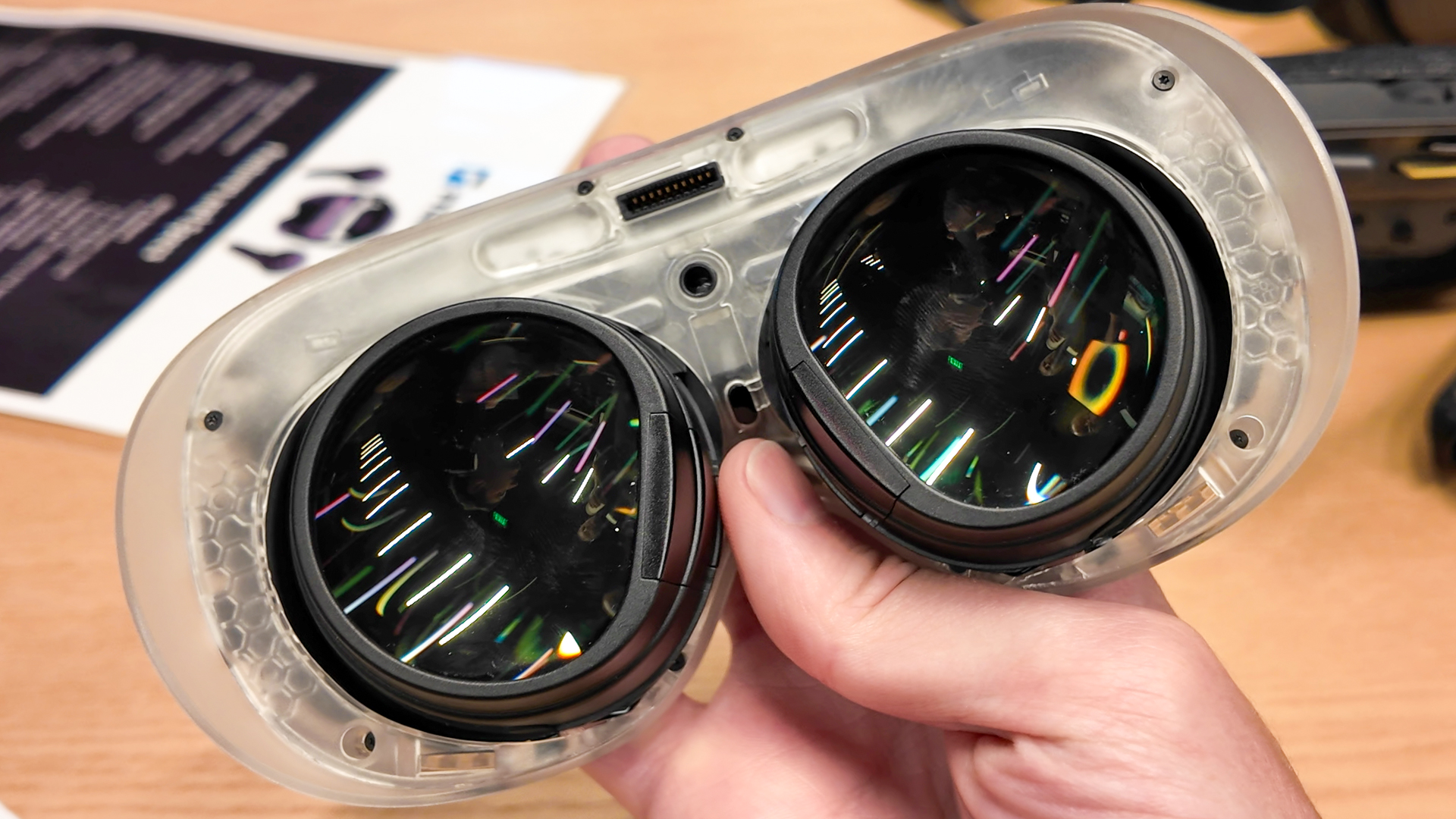
Foveated streaming is a lot like foveated rendering, except it's adjusting the quality of the image being streamed to the Steam Frame, rather than selectively rendering parts of the scene. The gaming PC that's running Half-Life: Alyx is simply playing the game as normal. Foveated streaming is on a need-to-know basis, and it doesn't need to know.
"We send two views which represent the entire field of view and are always sent, and then we have two basically zoomed in areas that show the area where you're looking at very high resolution and we send a bunch more bits to that area than we do to the low resolution imagery," Selan says, referencing what sounds a lot like a rendering technique that is commonly referred to as quad views, except for streaming.
The eye tracking happens very quickly. Selan enables a mode that illuminates the area streamed in high quality, and darkens the peripheral area. If you imagine an in-game flashlight that's controlled by your gaze, you wouldn't be far off.
No one can see my eyes under the headset, so I try to very quickly move them left to right, left to right, left to right in order to trick the eye tracking into messing up. I fail, and then I remember everyone else can view my movements via an external monitor, so I make light of my attempts to immediately break the system.
"The trick is that the eye tracking is fast enough that it essentially beats where you're going," Selan says.
"So by the time you look to the right, we've already sent the bits at the very high resolution to where you're looking to the right. When you look to the left, we beat your eyes looking there."
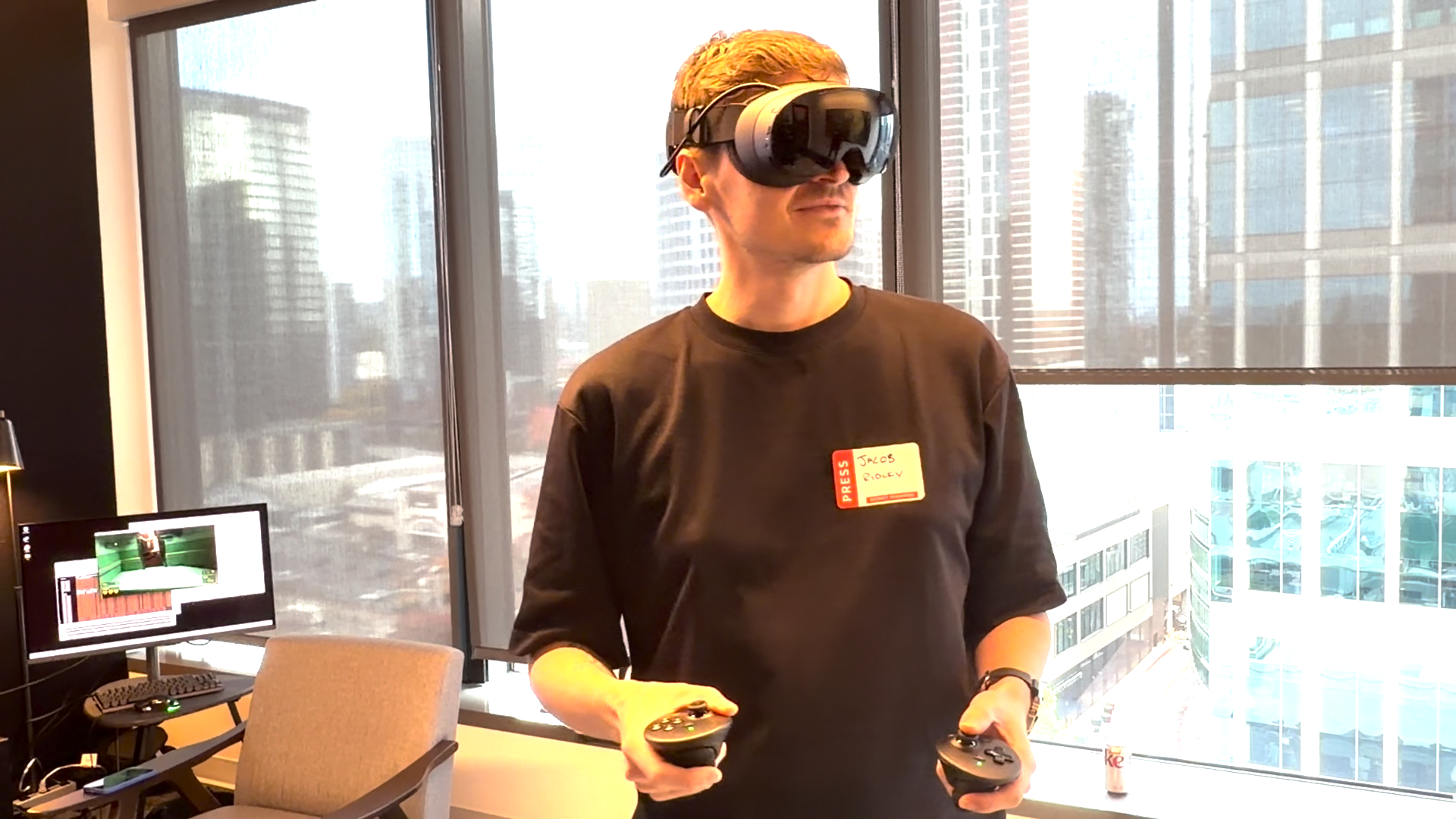
Moreover, the idea behind foveated streaming is incredibly smart. The problem with foveated rendering is that it needs to happen as the game is being rendered, which requires developers to go out of their way to support it. Or at the very least enable it in engines that support it. That almost never happens with PCVR, for reasons often argued about online, and it has no benefit in games that don't support it.
Foveated streaming, on the other hand, is developer-agnostic. It works all the time, on any game, because it's applied to the stream, not the game itself. Though it's true that foveated streaming doesn't solve the same issue that foveated rendering does—it doesn't make a VR game any easier to run—that's less of a concern for PCVR as it is for console VR with limited performance, like Sony's PS VR2. Also, speaking to Valve, foveated rendering and foveated streaming can be complementary technologies on Steam Frame—you can use them at the same time in games that support the former.
The two technologies in combination might be a useful addition when playing games on the Steam Frame's Snapdragon processor, which is a powerful mobile chip, but notably weaker than a gaming PC with a high-end graphics card.
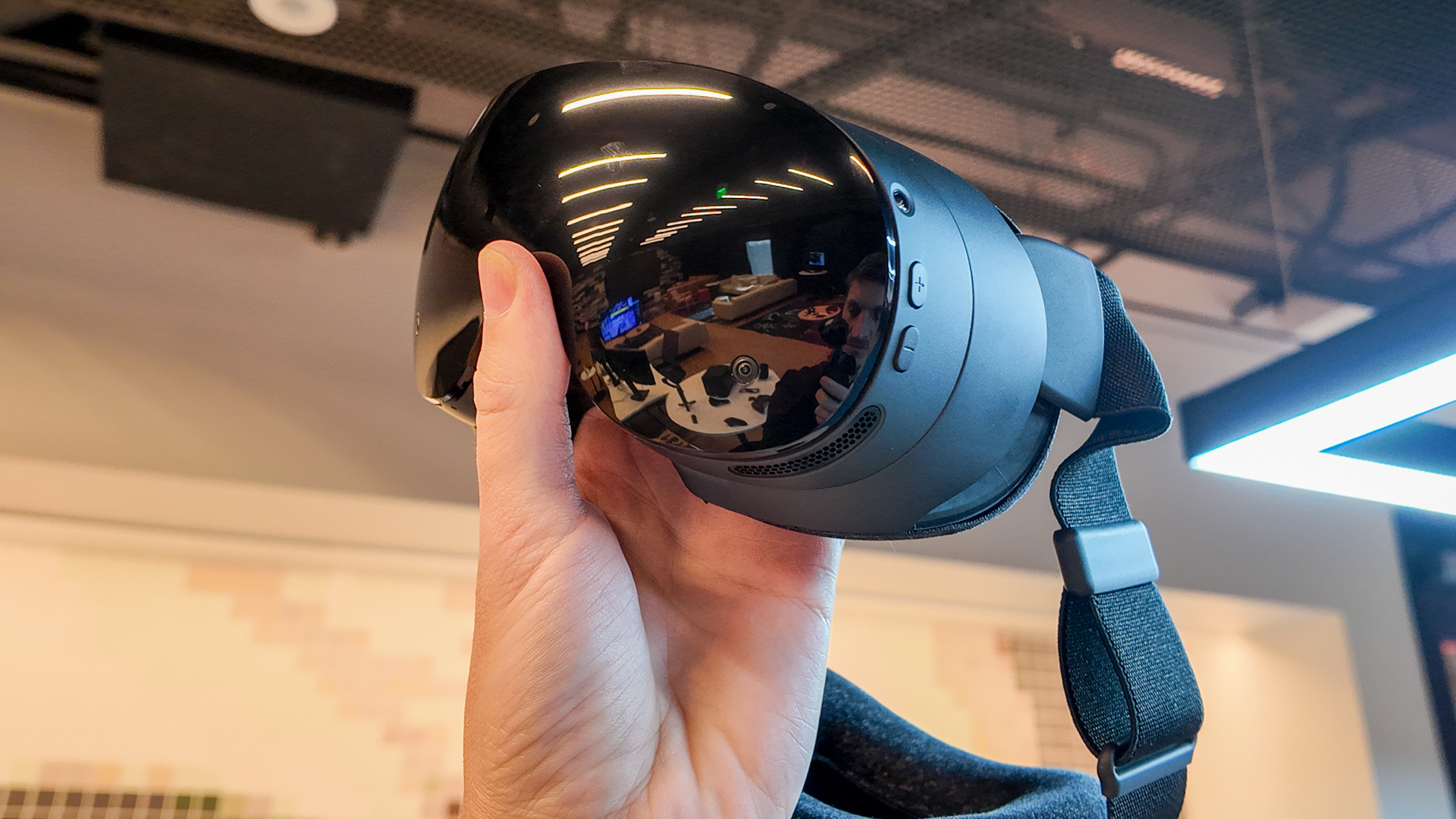
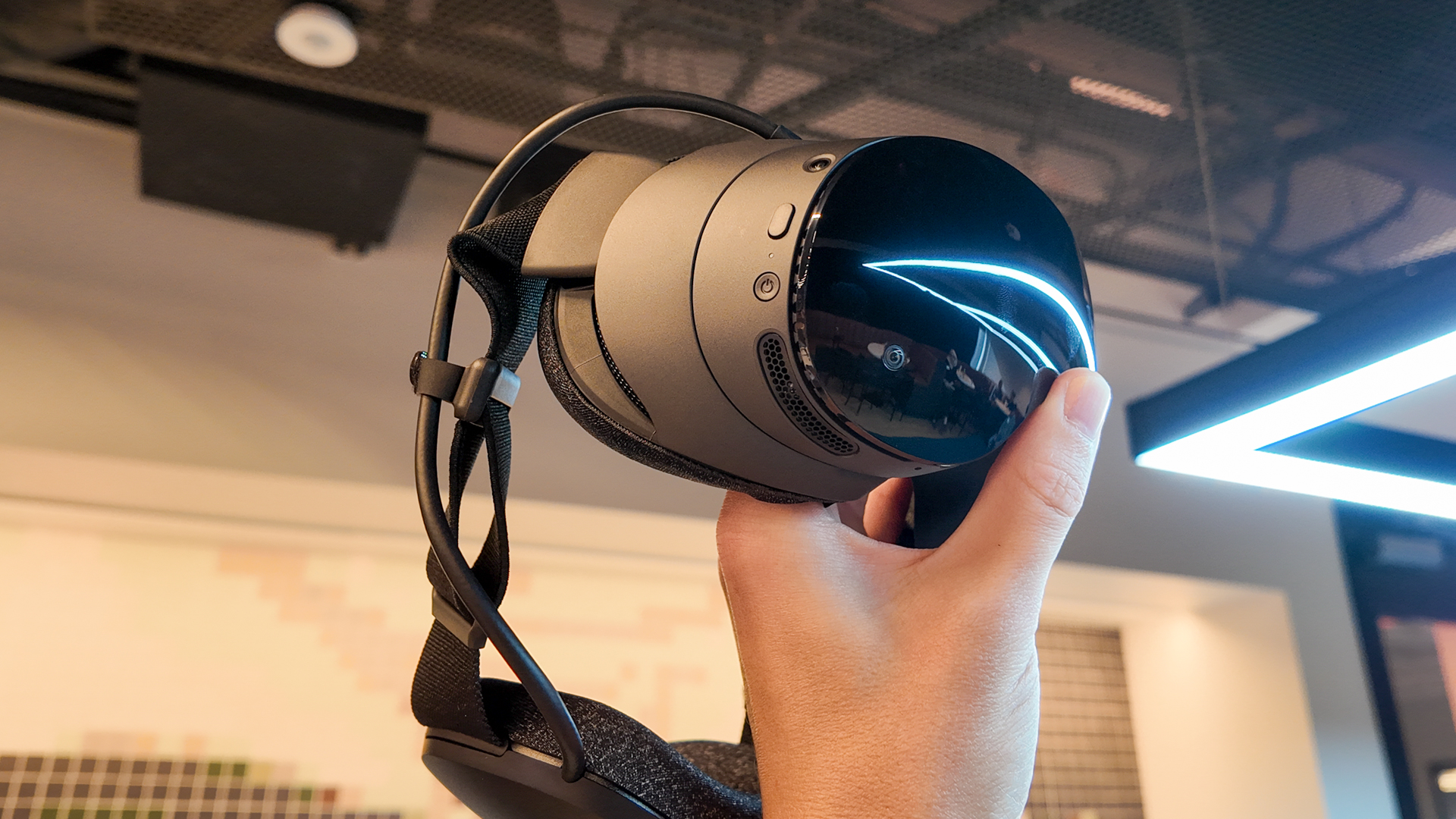
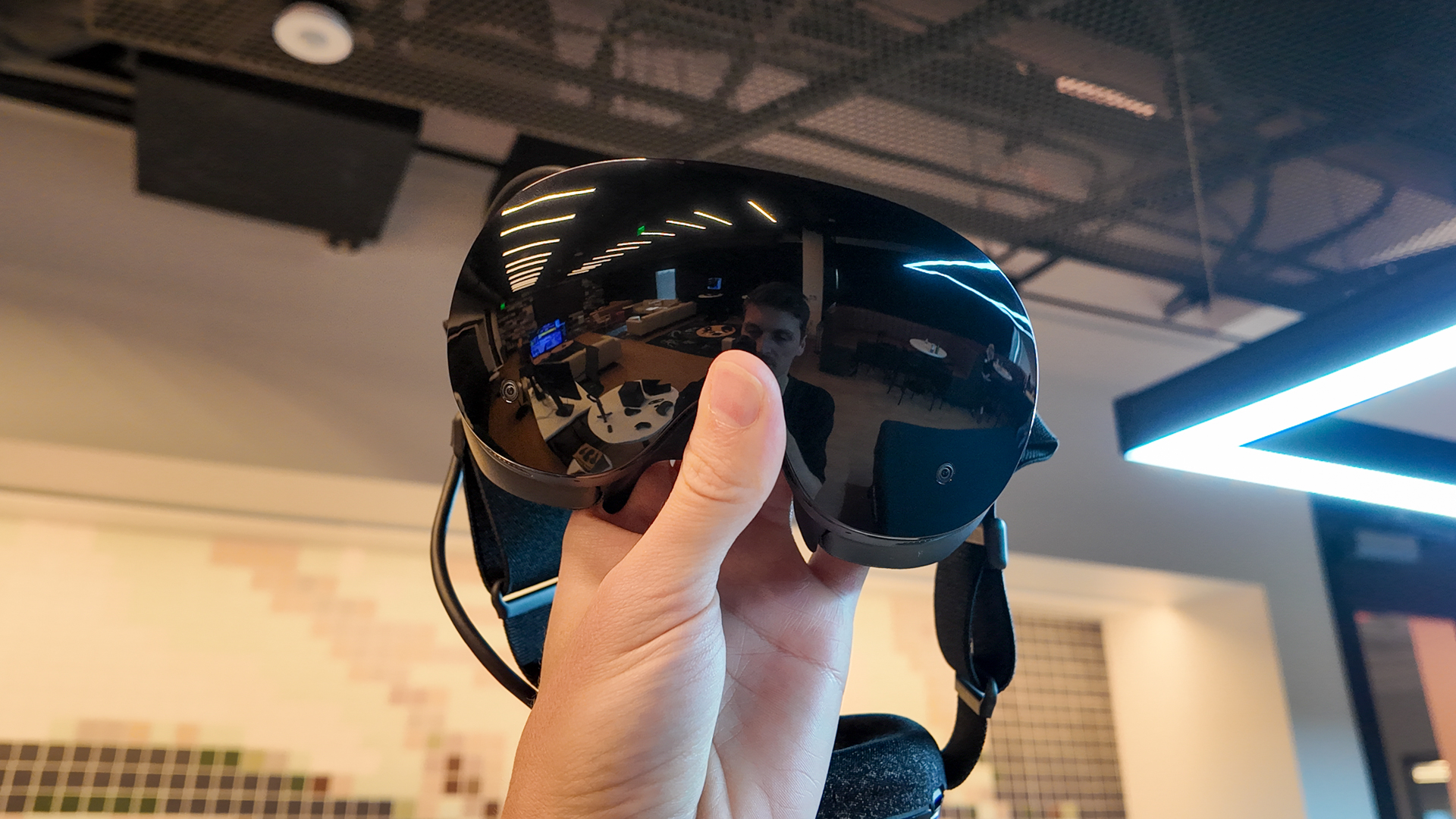
Standalone mode is next up in my demo session. I sit on the sofa to play a game of Hades 2, which is not a VR title, but that's sort of the point. I select the game from the menu, which is practically a match for the Steam Deck or Big Picture UI but floating in space, and the game pops up in front of me. It's as if I'm sat in a private cinema, which isn't a new experience for anyone familiar with VR, but the game is running locally on the Steam Frame here.
I'm playing Hades 2 with the new Steam Frame Controllers. Each controller is half of a traditional gamepad, which combined offer all the buttons required to play a non-VR game with gamepad support. The idea being that you can put the Steam Frame on and then decide whether you want to play a VR game or non-VR game. Whichever you go for, you don't need to grab another controller, reducing some of the friction for playing in VR.
The game screen can be resized or moved, so I shift it above my head and lay down with my shoes off the sofa. The Valve employees tell me it's fine, so up they go, and I settle in for a few hours.
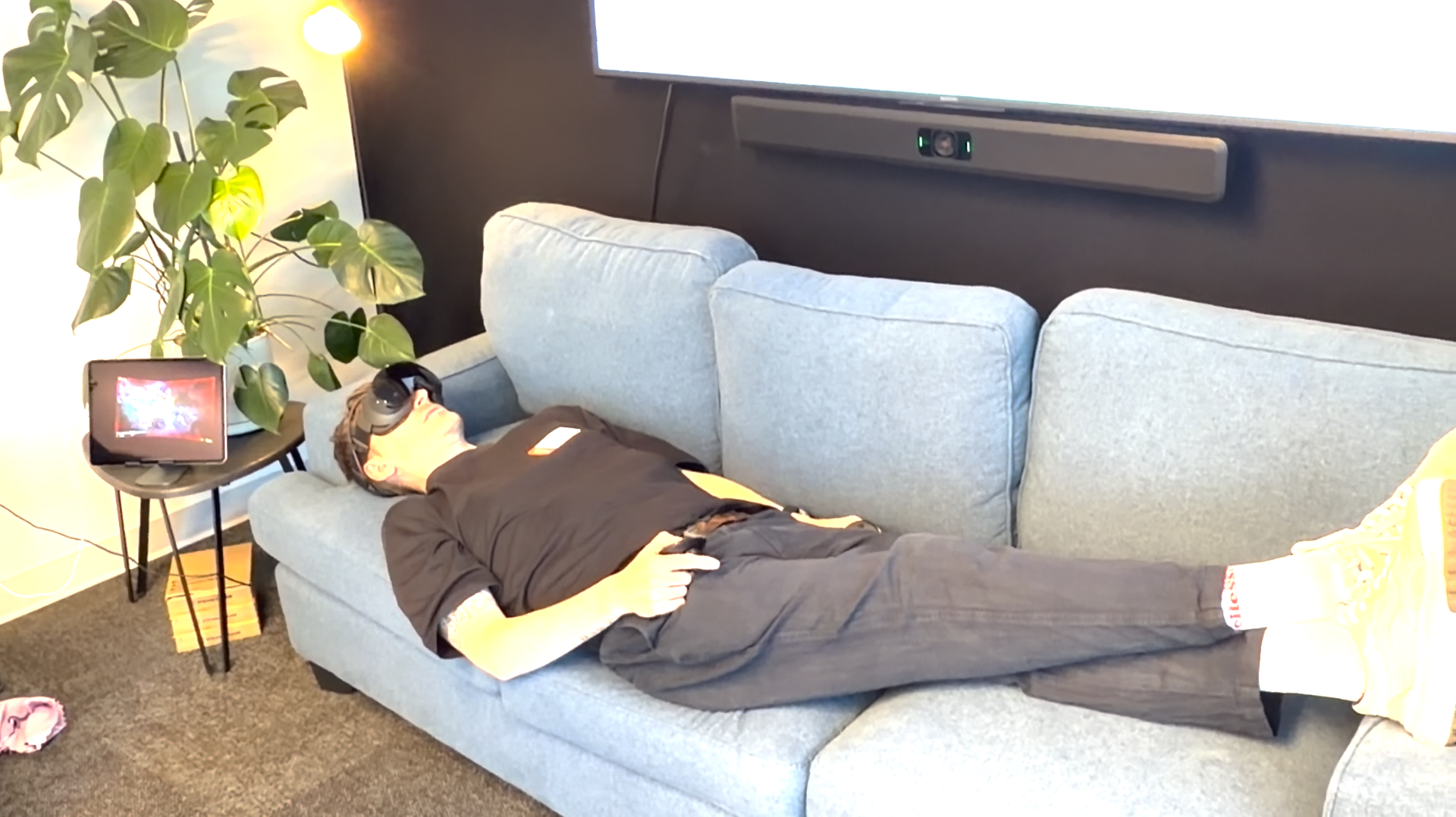
I wish. I lay there for a few minutes, but I could've remained there longer. My arms gently resting by my sides, still able to play with the full gamut of controls required of the game, and with the battery pack cushion cradling my head. The bulky battery attached to the rear of the headset may end up being the thorn in its side for longer sessions lying down, but I didn't use it for long enough to say.
Just before I head out for some lunch, I'm offered a chance to play Ghost Town, from Fireproof Games. I'm a huge fan of The Room series, a collection of mobile games I used to play years ago, so I'm actually pretty excited to try it out. Valve is too, as this game highlights something pretty special about the Steam Frame.
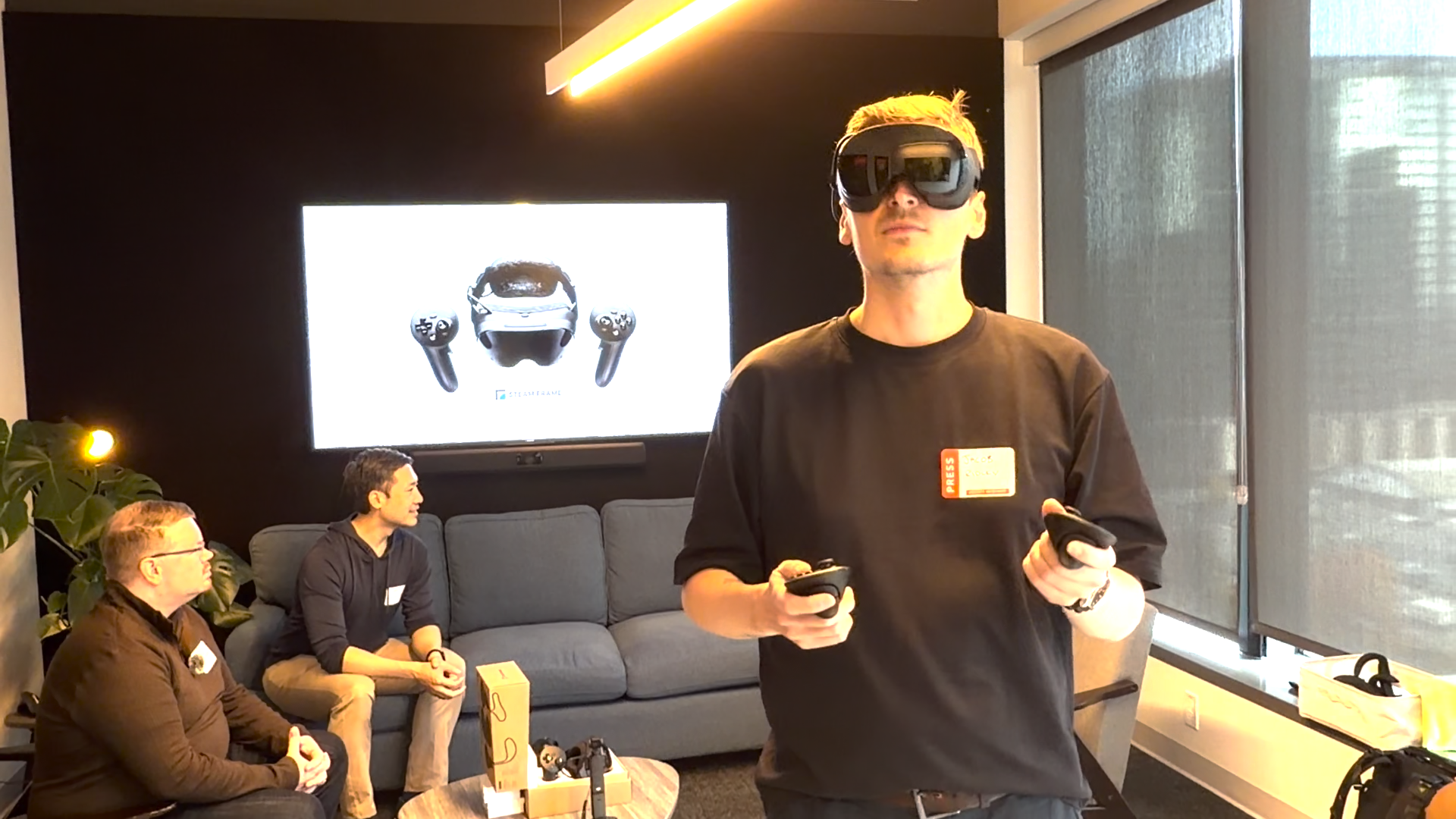
Ghost Town is a game available on a variety of VR platforms, including Meta's Horizon OS. The Steam version I'm playing, however, has been developed for Windows and x86 processors. Yet when I boot it up on the Steam Frame, it's running on Linux and an Arm processor. That's made possible due to two compatibility layers: Proton and FEX.
Proton ensures that the game will run on Linux, and FEX that it will run on Arm. To my surprise, the game runs smoothly. It's tough to say how well the Steam Frame, Proton, and FEX will work together for the expansive library of x86/Windows titles on Steam—there is a performance hit from using the tool, albeit one that can be reduced depending on many factors, including the game engine (Vulkan actually works great on Arm chips).
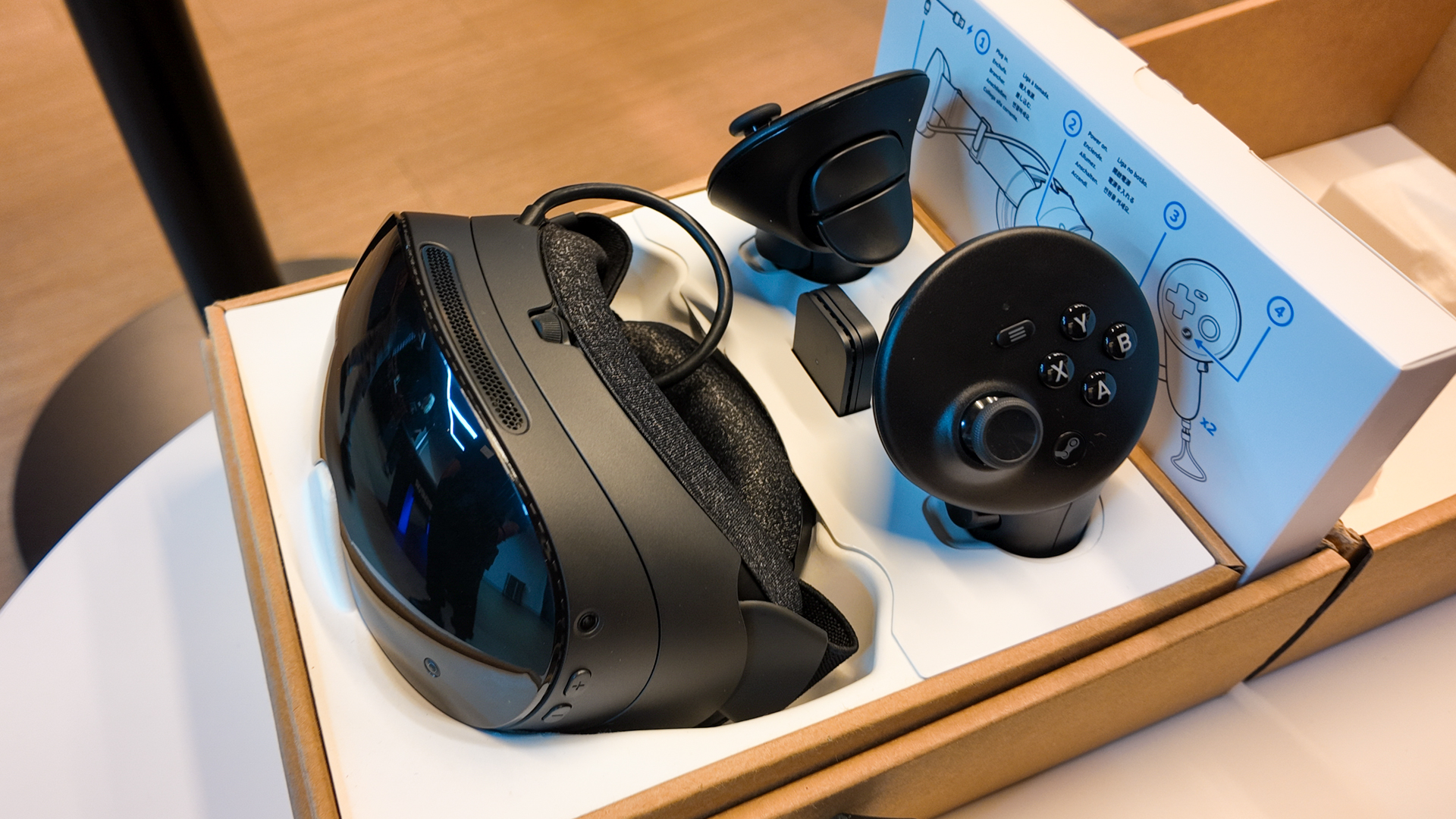

Steam Frame: Valve's new wireless VR headset
Steam Machine: Compact living room gaming box
Steam Controller: A controller to replace your mouse
That it works at all impresses me. Though right away I'm thinking about battery life, performance, and compatibility—all questions that still hang over the Steam Frame's standalone mode. Personally, I'm much more convinced by what's possible through streaming. And I say this as someone who plays most of their VR games on a standalone headset these days. That's sort of the point.
Convenience is king. Standalone headsets are easy. Charge one up and put it on your head and you're usually good to go. The Steam Frame feels equally frictionless. Moreover, the PCVR experience feels frictionless. There's minimal hassle to set it up, to play VR or non-VR games, and blending the best bits of standalone and PCVR into one very convenient VR headset.
I hope it's as seamless as it appears throughout my demo. Valve engineers keep telling me it is, for what it's worth. Right now, however, it's time to eat some lunch. And, good news, I don't feel a slight bit nauseous from my time with the Steam Frame, either.

The best PC gaming gear 2025
All our current recommendations











Jacob earned his first byline writing for his own tech blog, before graduating into breaking things professionally at PCGamesN. Now he's managing editor of the hardware team at PC Gamer, and you'll usually find him testing the latest components or building a gaming PC.
You must confirm your public display name before commenting
Please logout and then login again, you will then be prompted to enter your display name.
